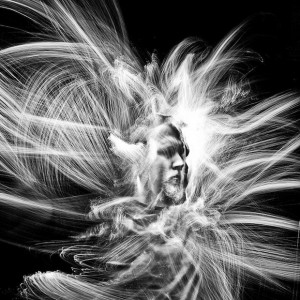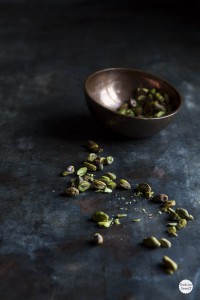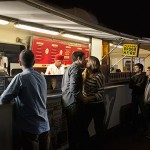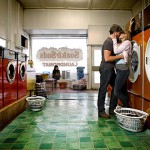The Chinese photobook exhibit at Aperture was quite interesting. Not because of the aesthetics of the work or the technique of the photographers, but because it reminds me that we always need to use a critical eye when examining media. There’s an old phrase – “cameras don’t lie,” and it illustrates an idea that people used to believe, namely, that photographs depict the truth. But whose truth is it depicting? The most telling was the two photobooks that contained images of the the Sino-Japanese war. One book was pro-Japanese propaganda. The other told the opposite story.
The Jimmy Nelson exhibit at the Bryce Wolkowitz gallery was stunning. The images themselves were breathtaking. Jimmy Nelson has traveled the world and made photos of indigenous people in very remote locales. I do take issue with the way he exotifies his subjects – we are basically forced to look at them as “other,” as people who are very foreign to us in every way. That being said, his images are also incredibly successful. One of my favorites was a man with a very elaborately painted face and headdress. He’s in what appears to be smoke (or perhaps fog) and the contrast between the reds and blacks of his face paint and the smoky white is extraordinary.
The third exhibit, the Public Eye, at the NYPL was also very interesting. Stylistically, it was a bit of a grab-bag. There was all kinds of work, from Ansel Adams to anonymous selfies! I was drawn to work by a photographer who was previously unknown to me – Ethan Levitas. He’s a street photographer who uses a large format camera to obstruct the image feed of surveillance cameras. It’s interesting because in doing so, he is basically “removing a frame” from the surveillance stream and creating something else with it. The images themselves were also interesting in their candid nature.
Career Goals
My major is web design, and ultimately, I’d like to design sites for artistic clients. I feel as though it would be interesting to design sites for musicians, artists, and fashion designers. I’m also really interested in the culinary arts – designing restaurant logos and websites is something that I do already. I would like to work for a small firm or agency, where I could learn things from my colleagues, but I’d also like to freelance for myself on the side. Basically, I want to make money and have some flexibility in how I accomplish that.
Final Project
I could go in many different directions for my final project, since I’m a web designer I feel as though I have a lot of flexibility. I’m contemplating doing some interesting portraiture and “paint with light.” I’m really drawn to the experimental nature of it – you don’t know what you’re going to get with each shot. Here’s an example:

Another idea could be food photography. It could be useful if I’m looking to brand myself as someone who specializes in restaurant websites. The only drawback is that I feel as though food photography is deceptively difficult! Perhaps doing some sort of food-related still life could be interesting. Something like this: 









